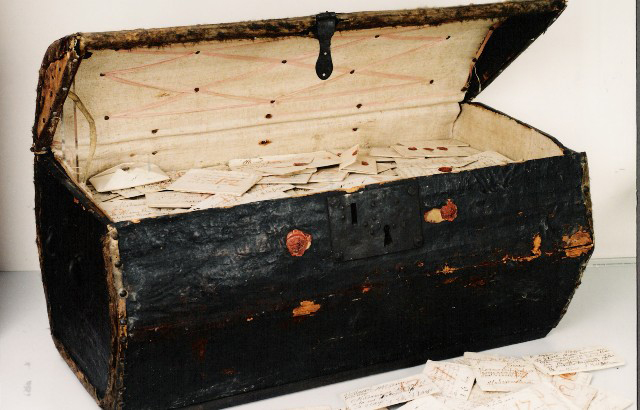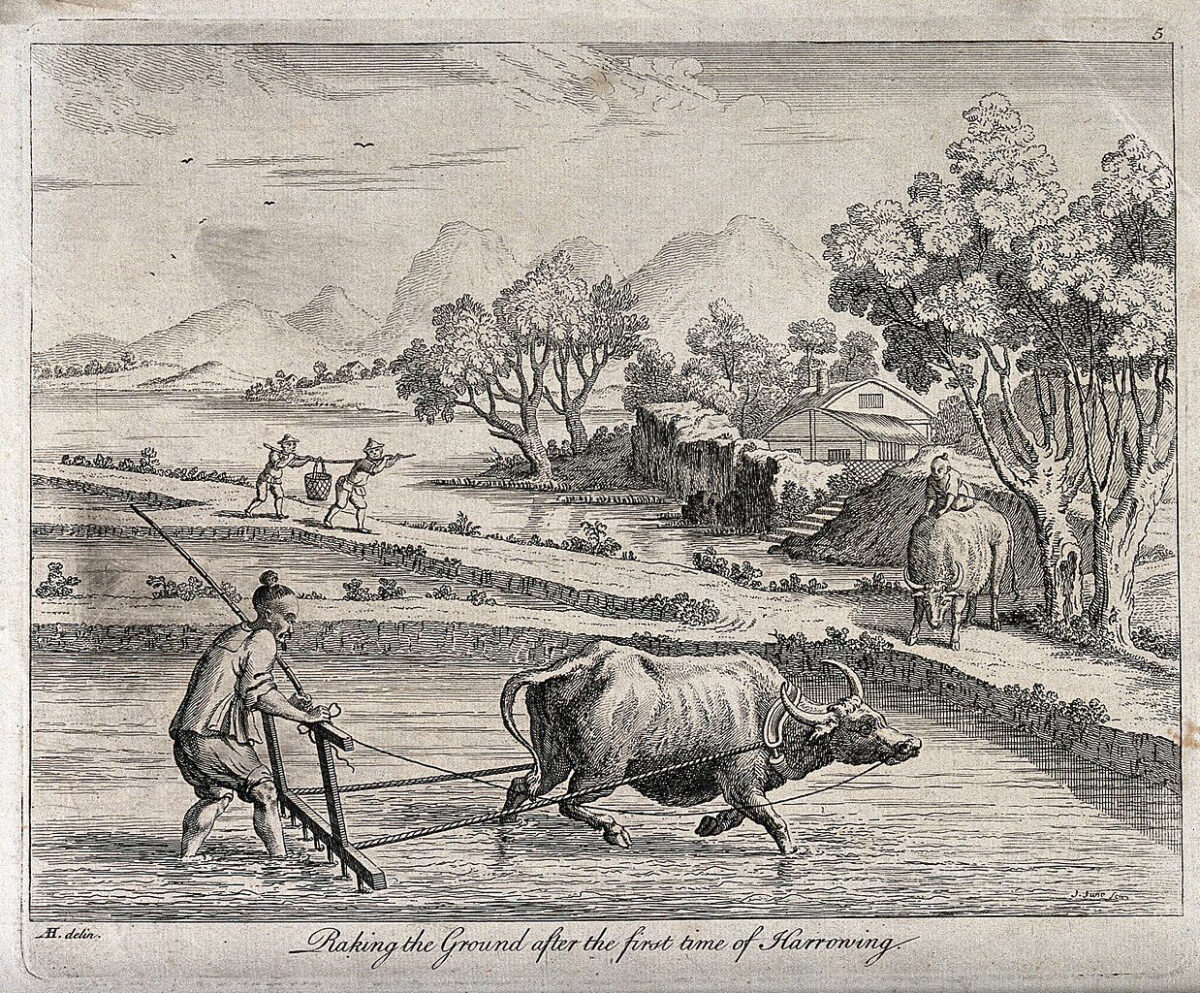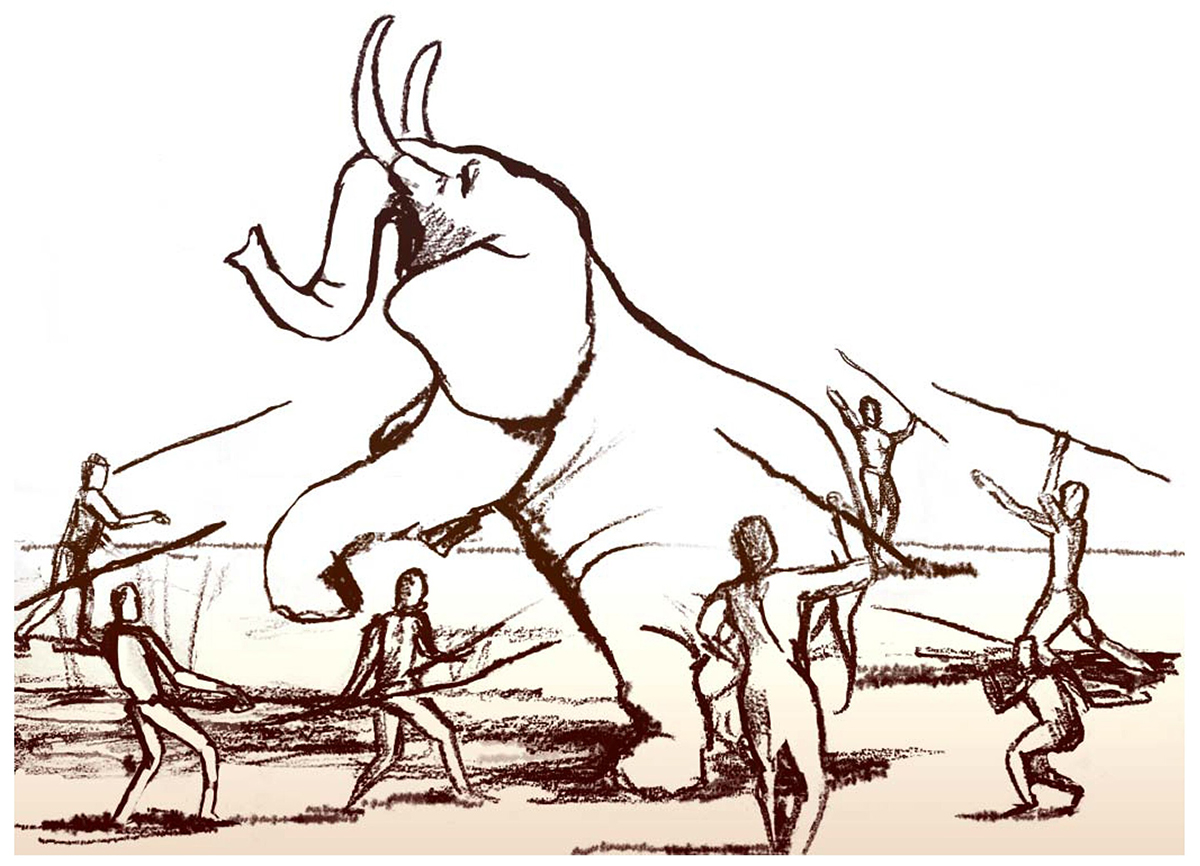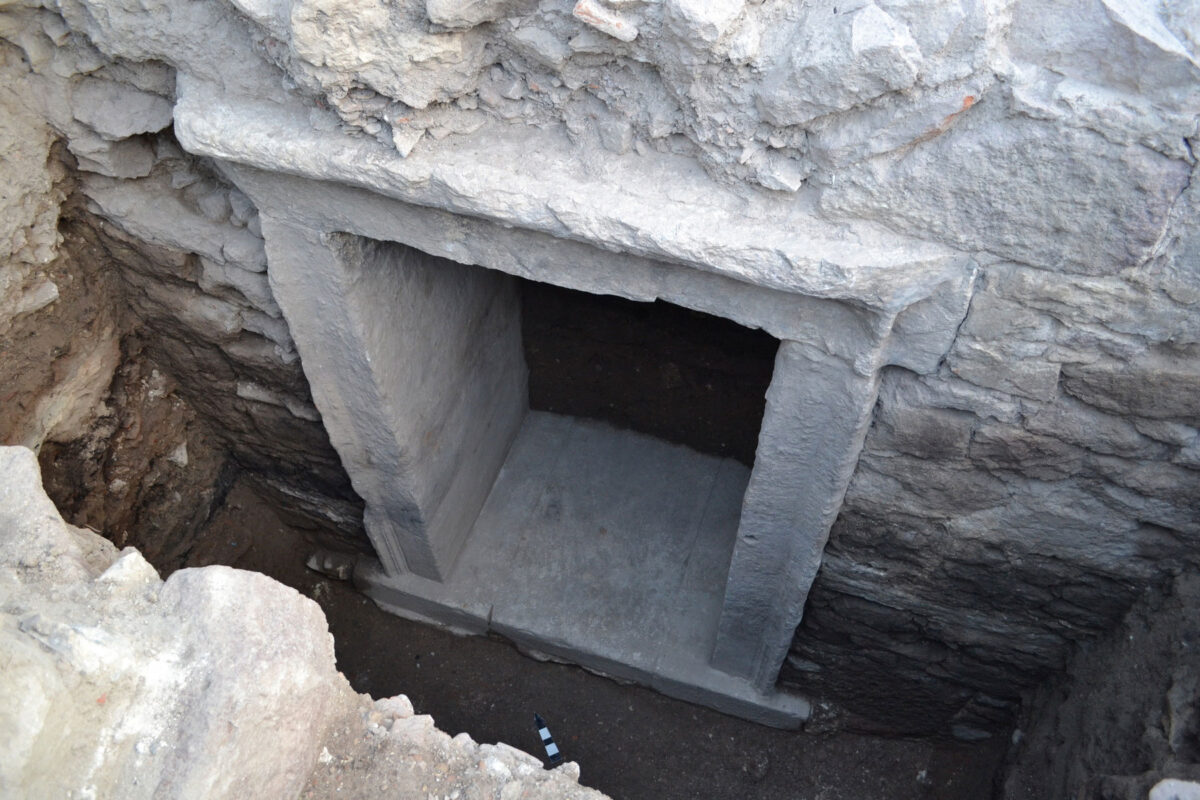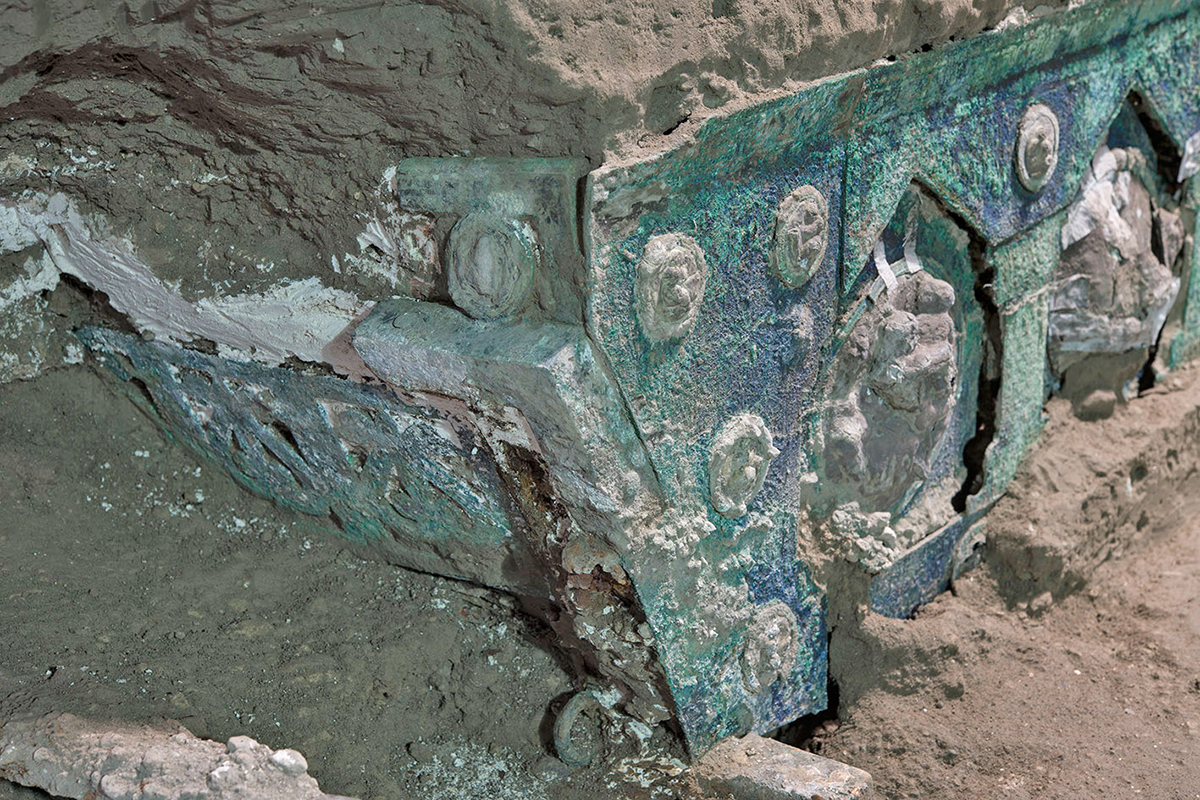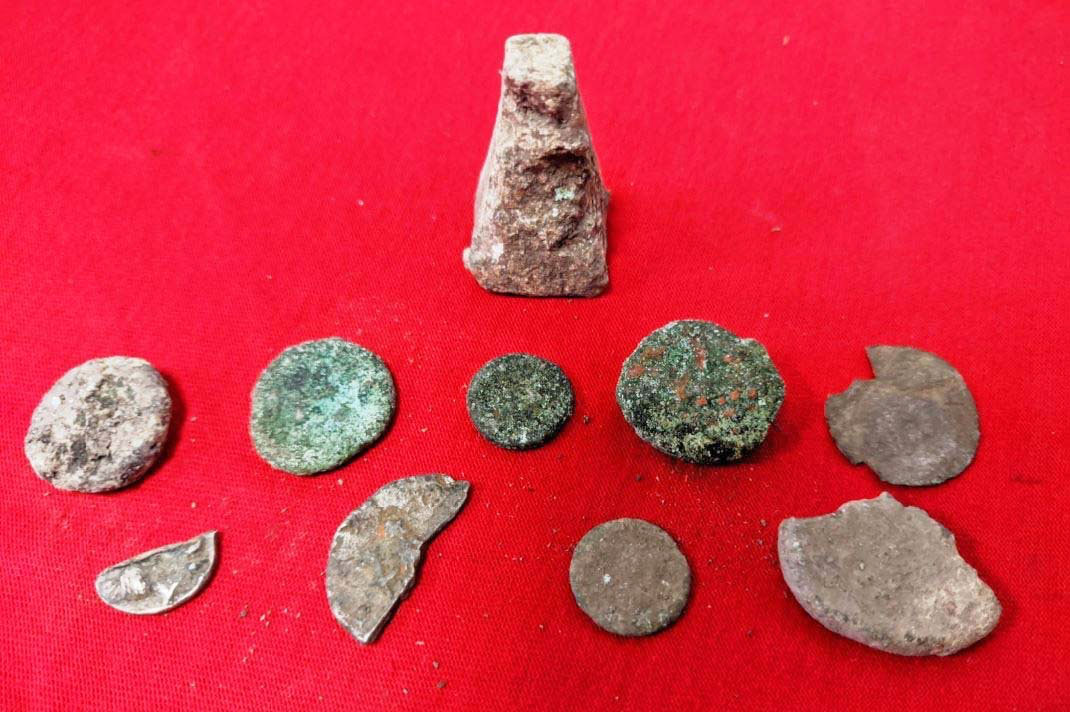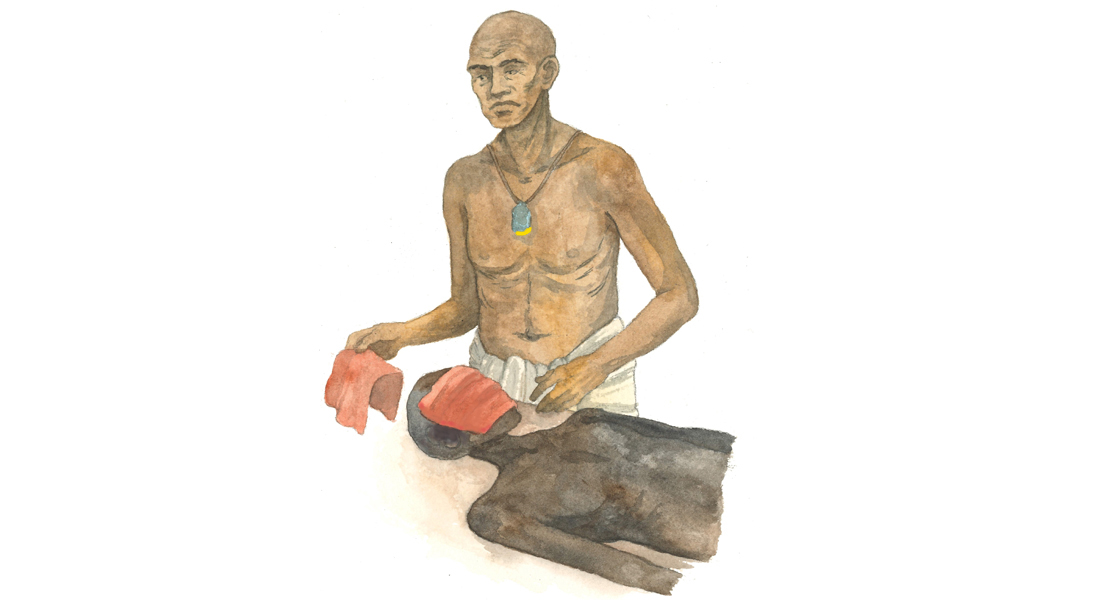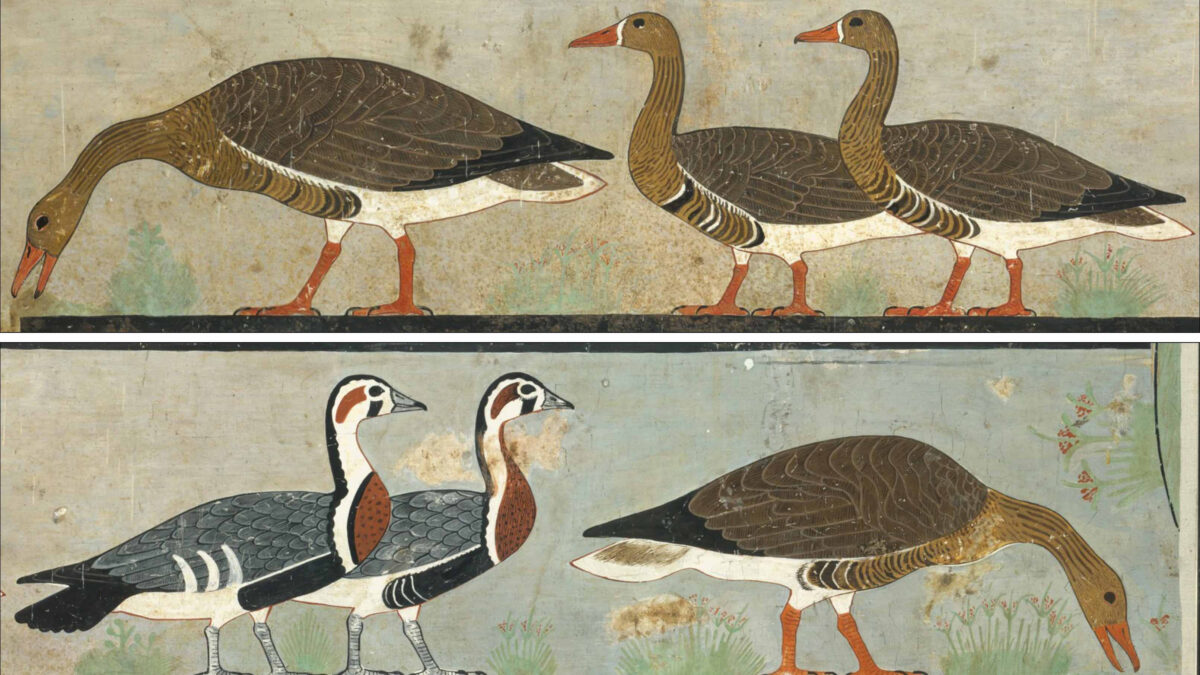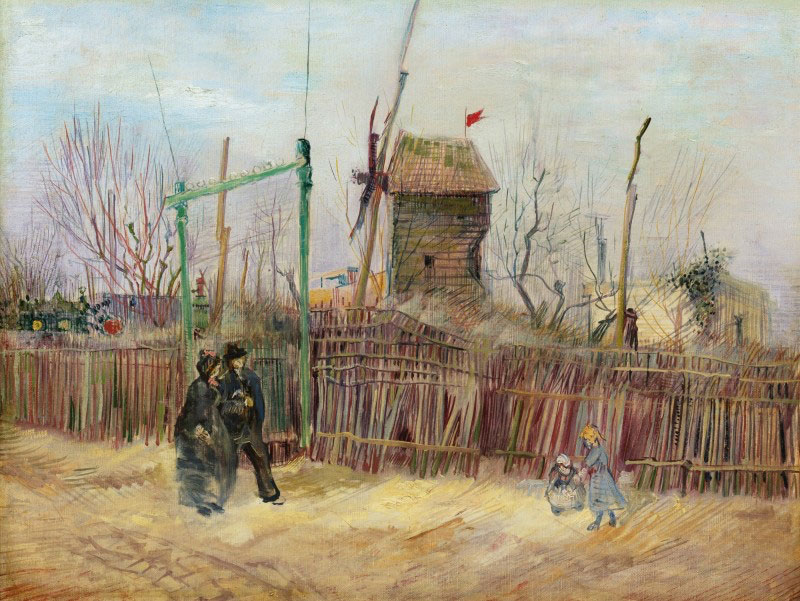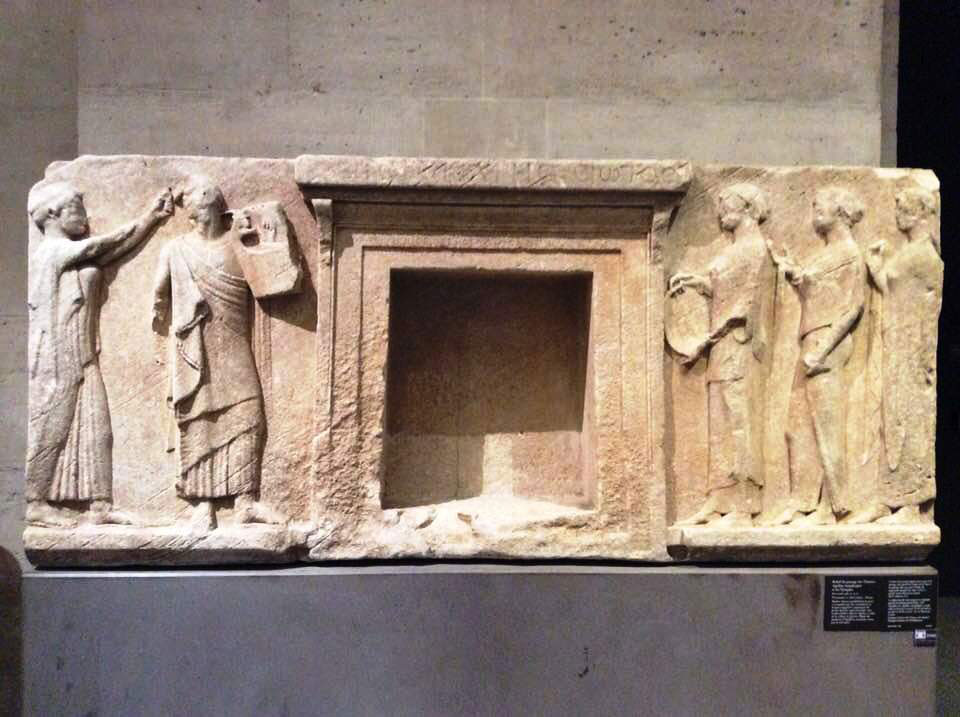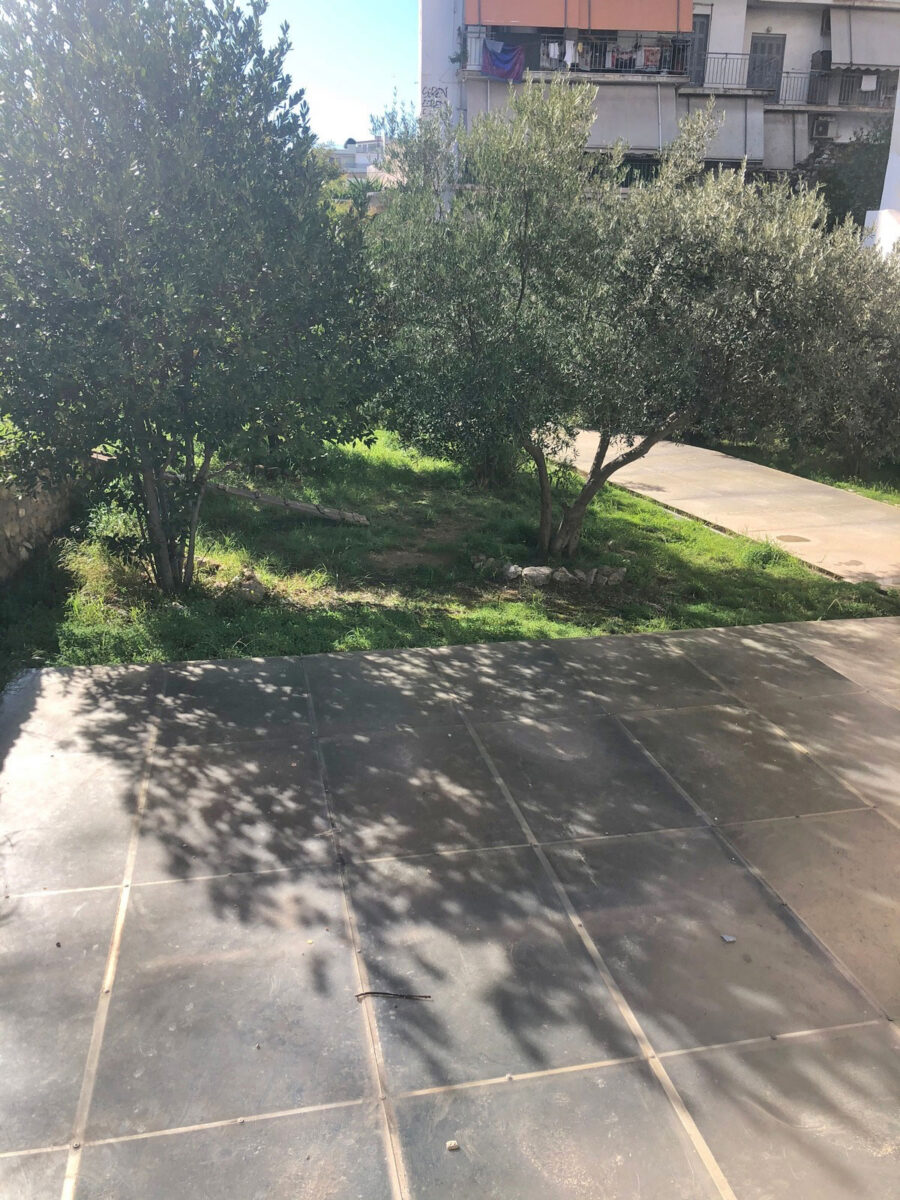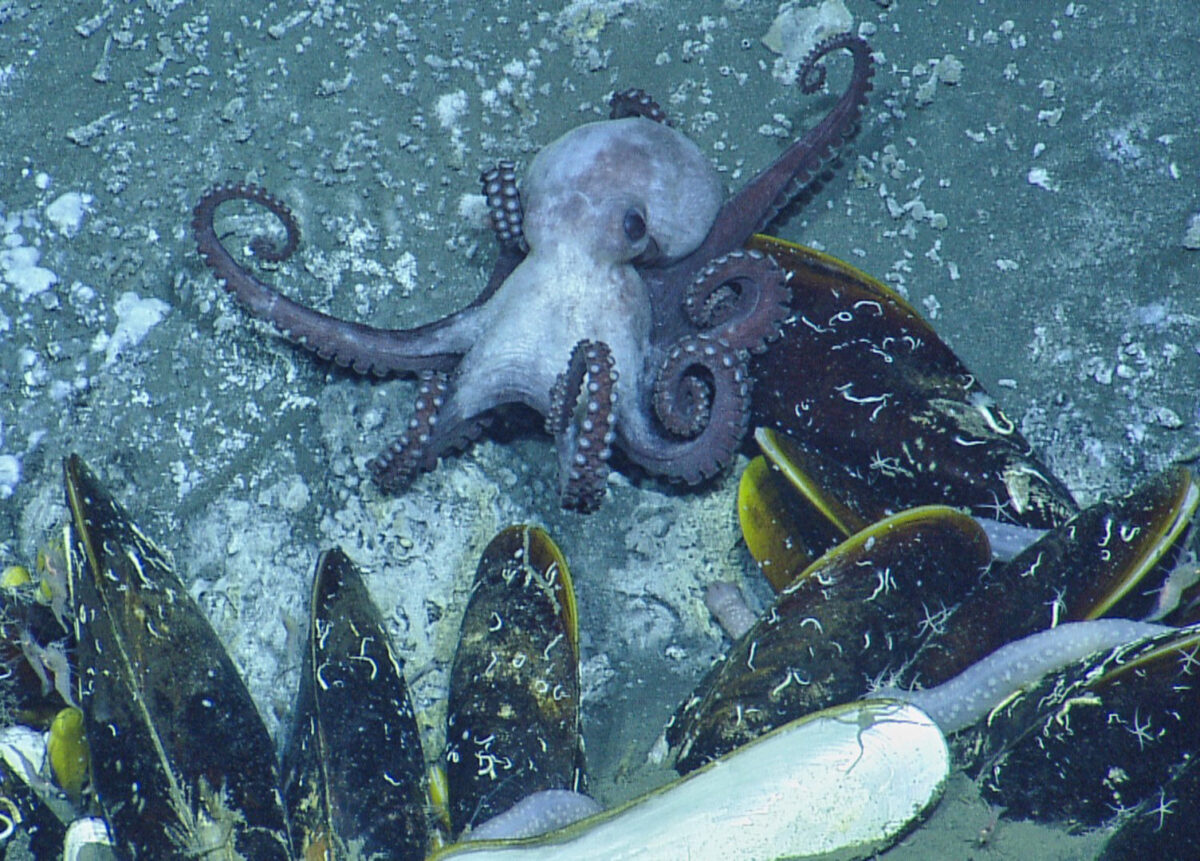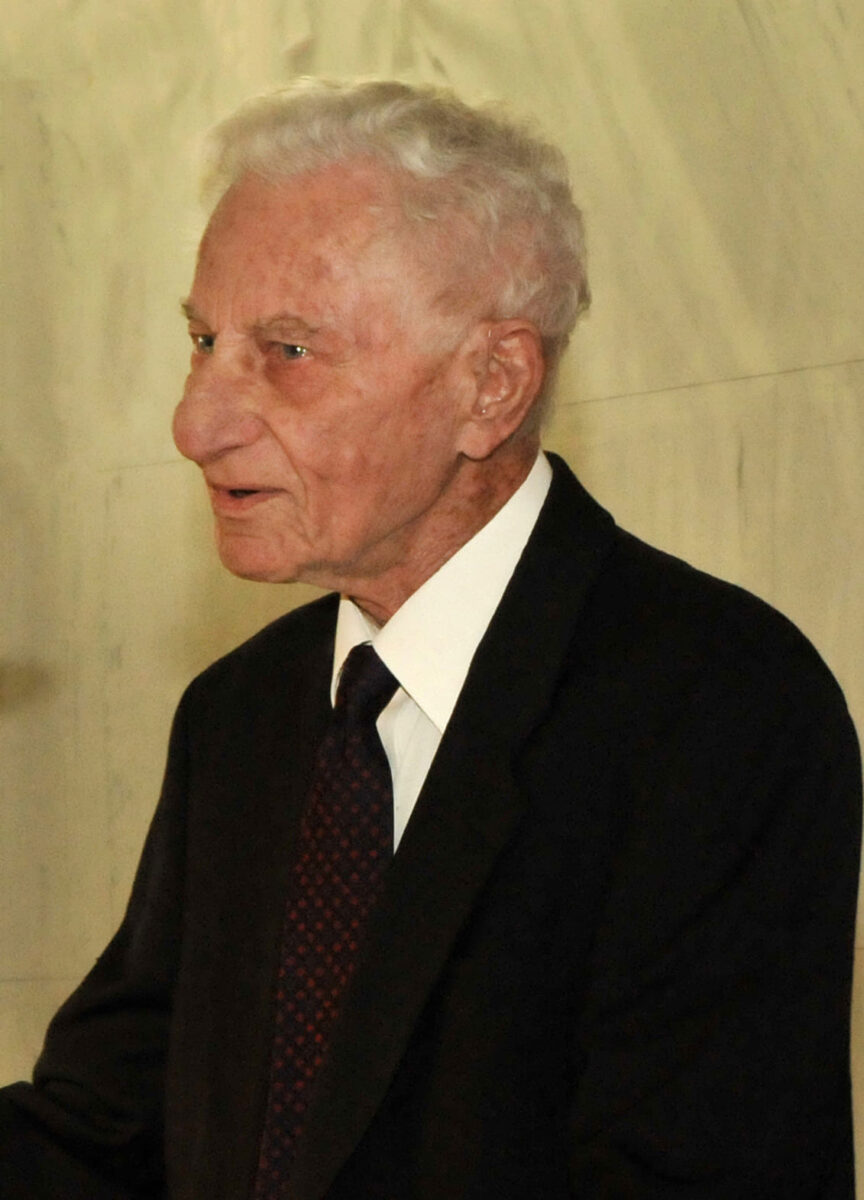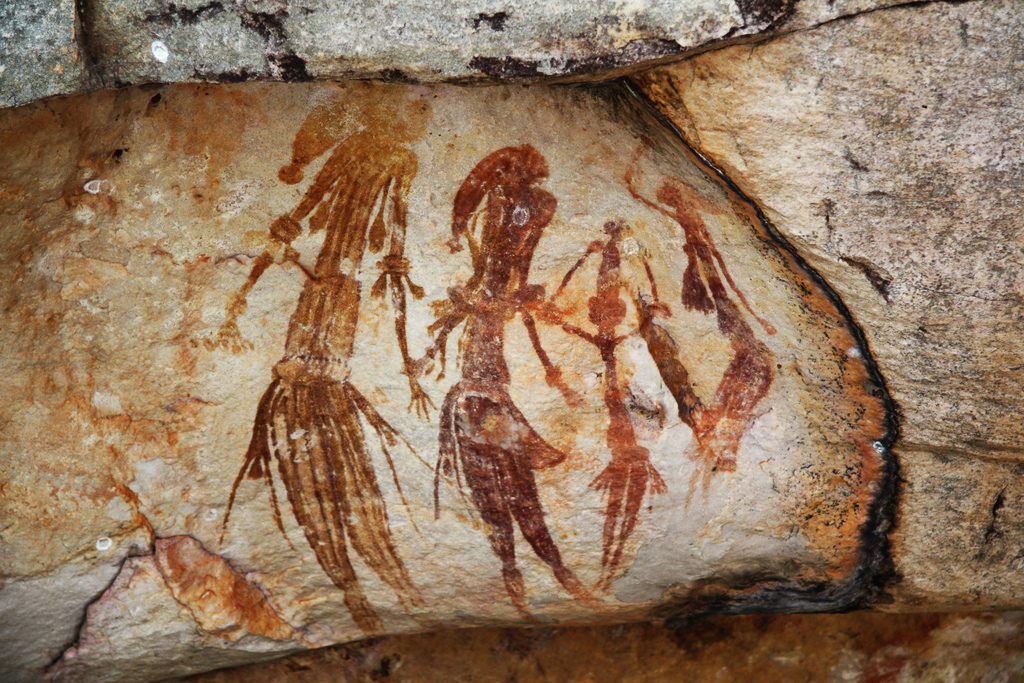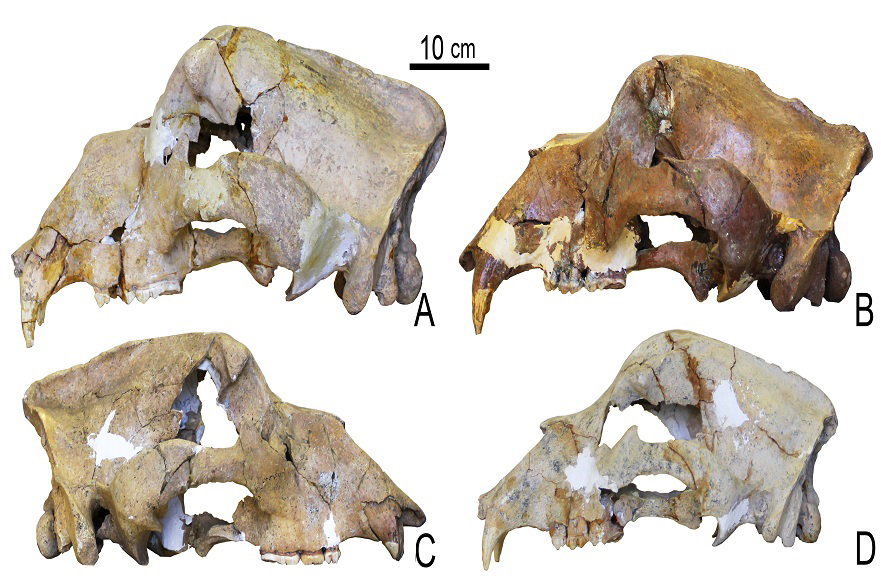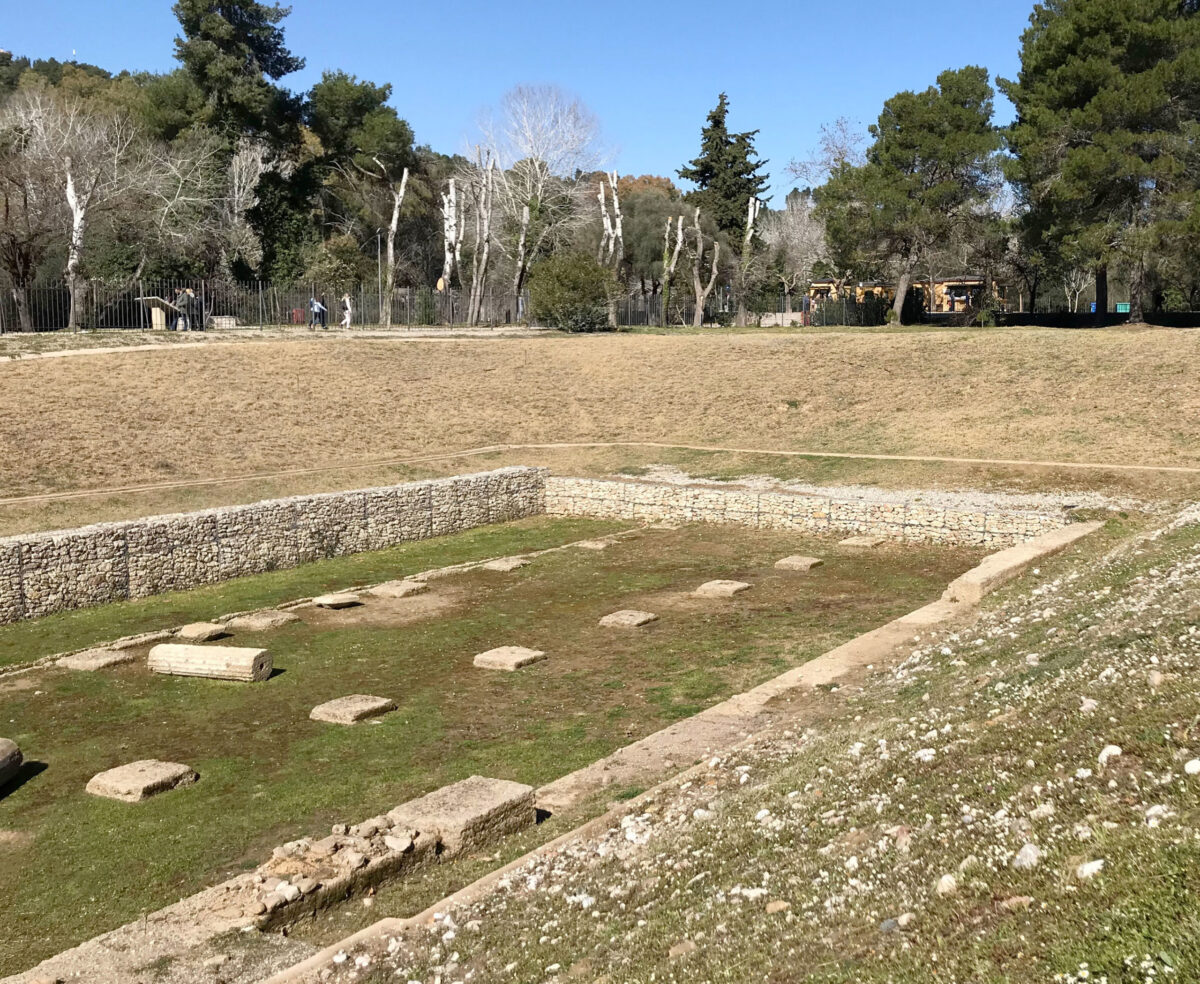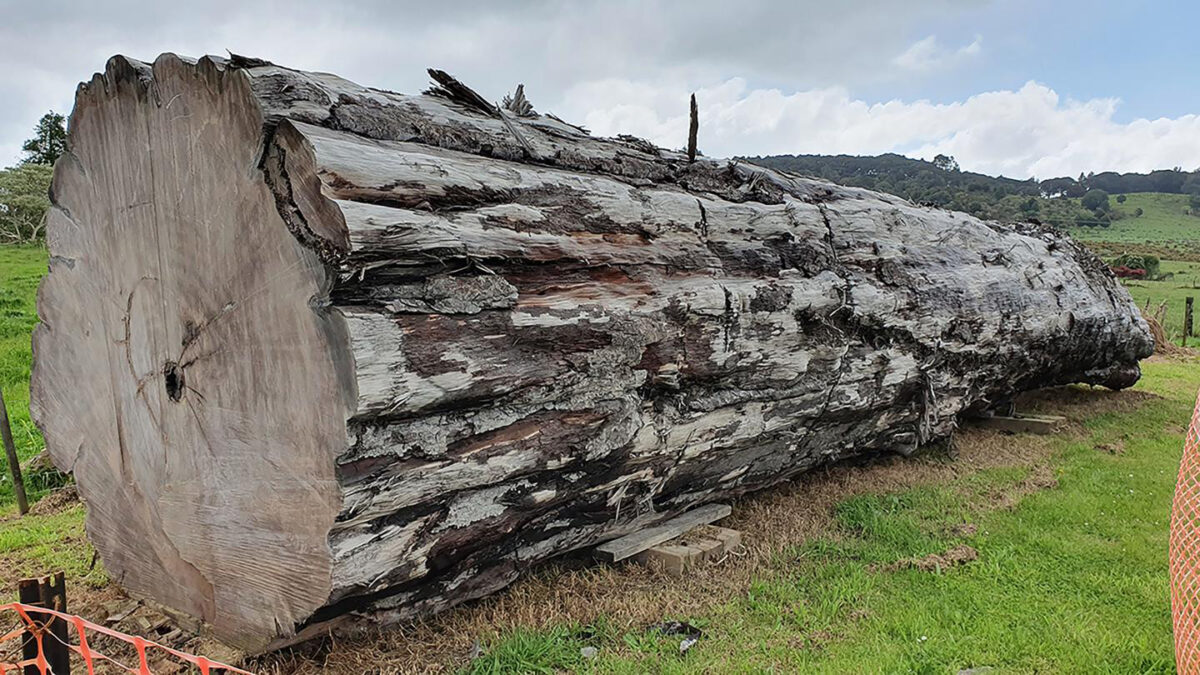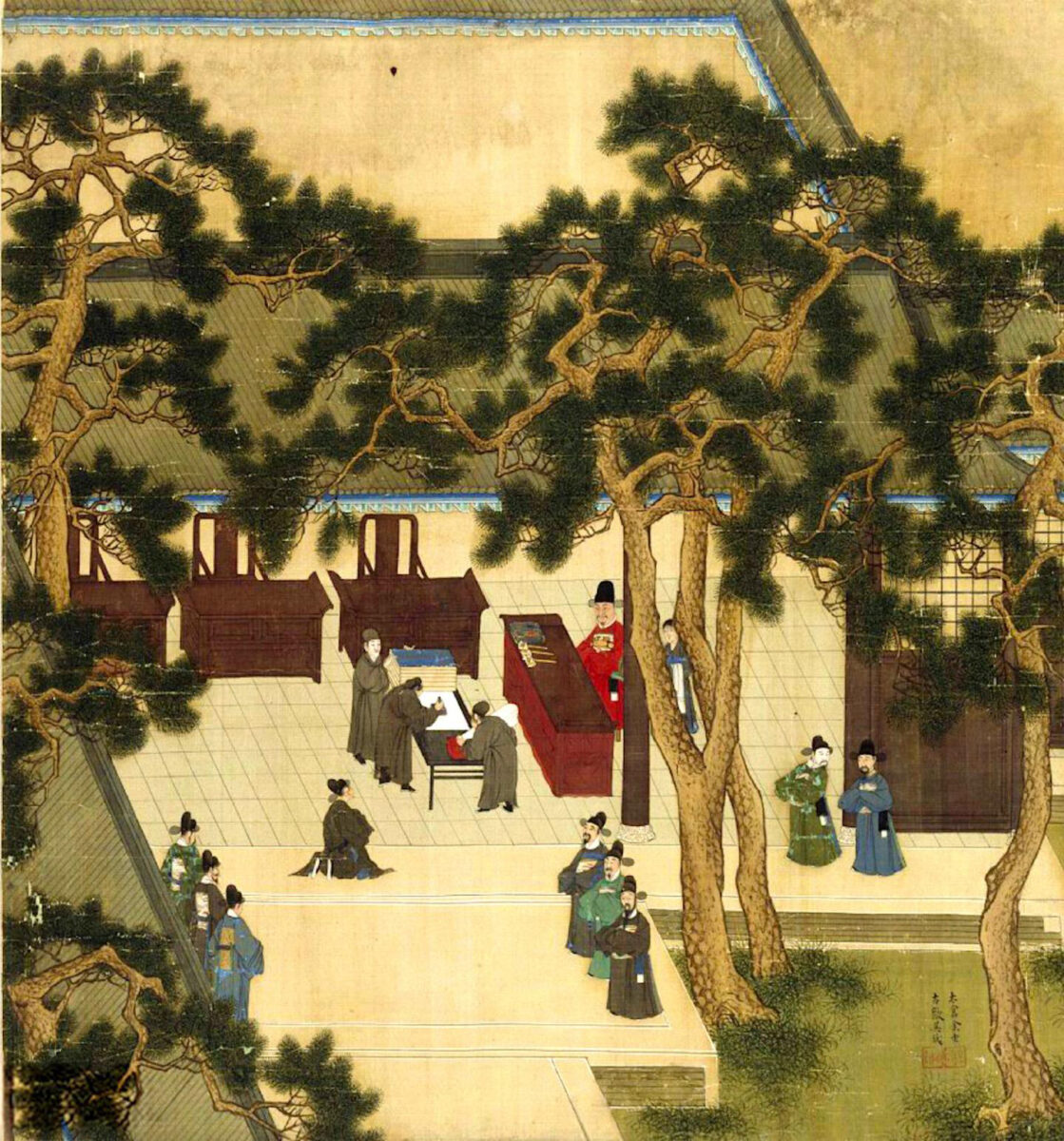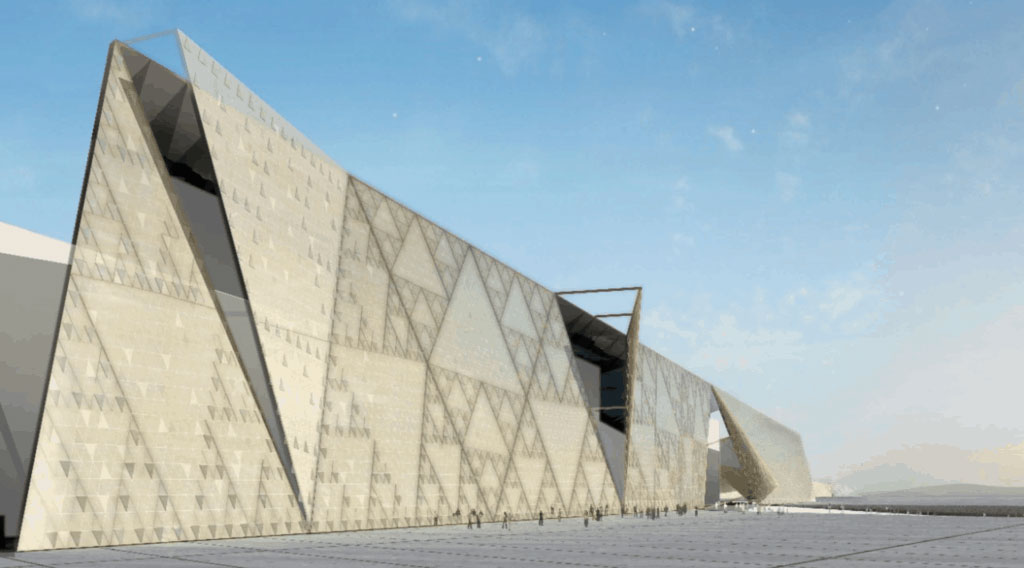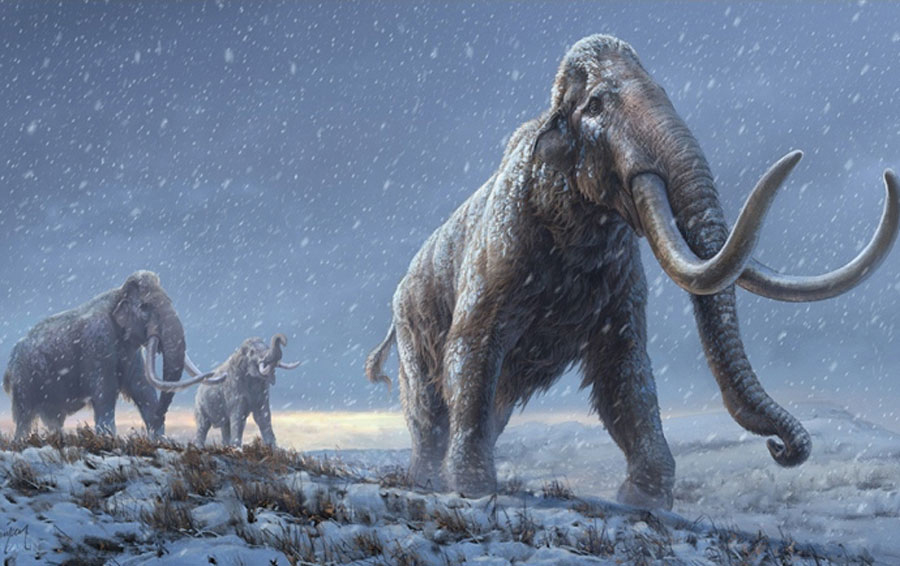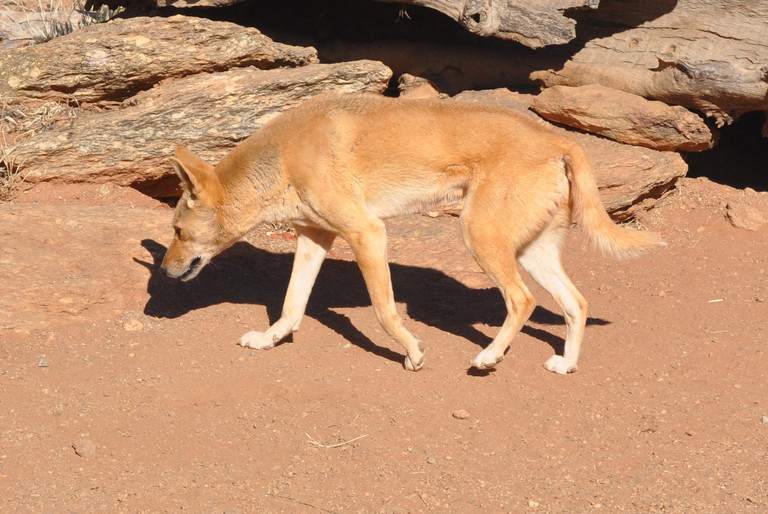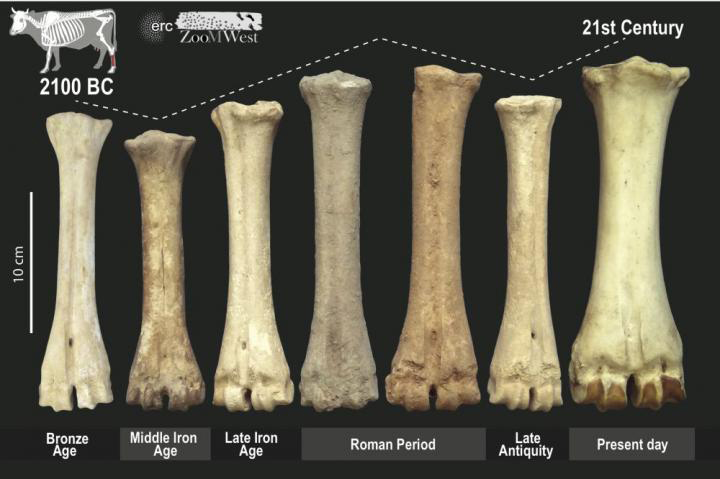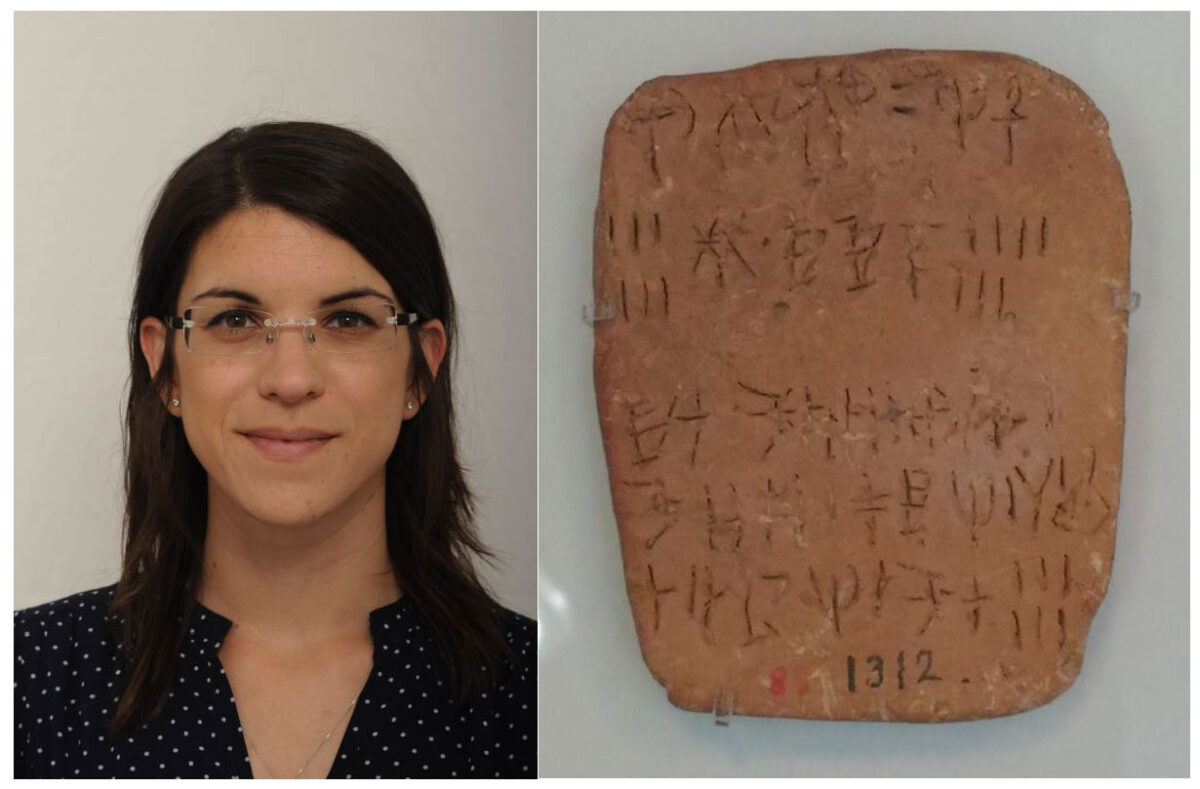Secrets of sealed 17th century letters revealed by dental X-ray scanners
In a world first, an international team of researchers has read an unopened letter from Renaissance Europe – without breaking its seal or damaging it in any way.
Research highlights importance of social resilience in Bronze Age China
The new study shows that aridification in the central plains of China during the early Bronze Age did not cause population collapse.
A novel theory explaining the evolution of the human species
A new paper by Dr. Miki Ben-Dor and Prof. Ran Barkai from the Jacob M. Alkow Department of Archaeology at Tel Aviv University, proposes a novel theory for the physiological, behavioral and cultural evolution of the human species.
Fresh archaeological data from the Kato Kastro, Mytilene
These included an Early Byzantine marble gate which is an especially significant find for the history of the town of Mytilene.
Four-wheeled processional chariot found in Pompeii
The intact chariot has emerged from the excavation of the suburban villa of Civita Giuliana.
Arrest for illegal excavations in Amphipolis
A 68-year-old man has been accused of carrying out illegal excavations in the archaeological site of Amphipolis, Serres and was arrested on the spot.
Ancient Egyptian manual reveals new details about mummification
Based on a manual discovered in a 3,500-year-old medical papyrus, an Egyptologist has been able to help reconstruct the embalming process.
Extinct goose revealed by ancient art study
The painting, Meidum Geese, has been admired since its discovery in the 1800s but no-one realised it depicted an unknown species.
Van Gogh’s Scène de rue à Montmartre heads to auction
The Paris Impressionist and Modern Art auction will present an exceptional painting by Vincent van Gogh, 'Scène de rue à Montmartre'.
Casts of an important monument in the Thasos Archaeological Museum
Three relief marble plaques that adorned a very interesting monument with an exceptional interpretation; the so-called Passage of the Theoroi.
How did dogs get to the Americas?
How far back does the history of dogs and humans go in the Americas, and which route did dogs use to enter this part of the world?
Archaeologists return to the Demosion Sema in Athens
Greece’s Ministry of Culture and Sports to proceed with the systematic excavation of ancient Athens' most important cemetery.
Evidence of predation by octopuses pushed back by 25 million years
New research unveiled the earliest evidence of octopus predation in the fossil record.
Ioannis K. Mazarakis Ainian has passed away
The man whose name is inextricably linked to the National Historical Museum.
Australia’s oldest known intact Aboriginal rock painting is a kangaroo
A two-metre-long painting of a kangaroo in Western Australia's Kimberley region has been identified as Australia's oldest rock painting.
Oldest non-permafrost genome and a new history for extinct cave bear
Scientists have successfully sequenced the genome of an extinct cave bear using a 360,000-year-old bone – the oldest genome of any organism from a non-permafrost environment.
Restoration of the Gymnasium of Ancient Olympia
The second phase of enhancing and restoring was included in the operational programme of the Region of Western Greece.
Trees allow more accurate analysis of last Earth’s magnetic field reversal
Radiocarbon analyses of the remains of kauri trees from New Zealand now make it possible for the first time to precisely time and analyse this event and its associated effects.
History shows that taxes and bureaucracy are cornerstones of democracy
Statistical analysis of 30-premodern societies links economic systems and democracy--and yields insights for today.
The Grand Egyptian Museum is almost ready
98% of all its works and mechanical installations have been completed.
World’s oldest DNA reveals how mammoths evolved
An international team led by researchers at the Centre for Palaeogenetics has sequenced DNA recovered from mammoth remains that are up to 1.2 million years old.
Wolves, dogs and dingoes, oh my
Dogs are generally considered the first domesticated animal, while its ancestor is generally considered to be the wolf, but where the Australian dingo fits into this framework is still debated, according to a retired Penn State anthropologist.
Choosing livestock in ancient Europe
According to a new study, in ancient European settlements, livestock use was likely primarily determined by political structure and market demands.
Linear A still keeps its secrets
"We can 'read' the Linear A script but we still cannot understand it", says Dr Salgarella to the Athens and Macedonia News Agency.
